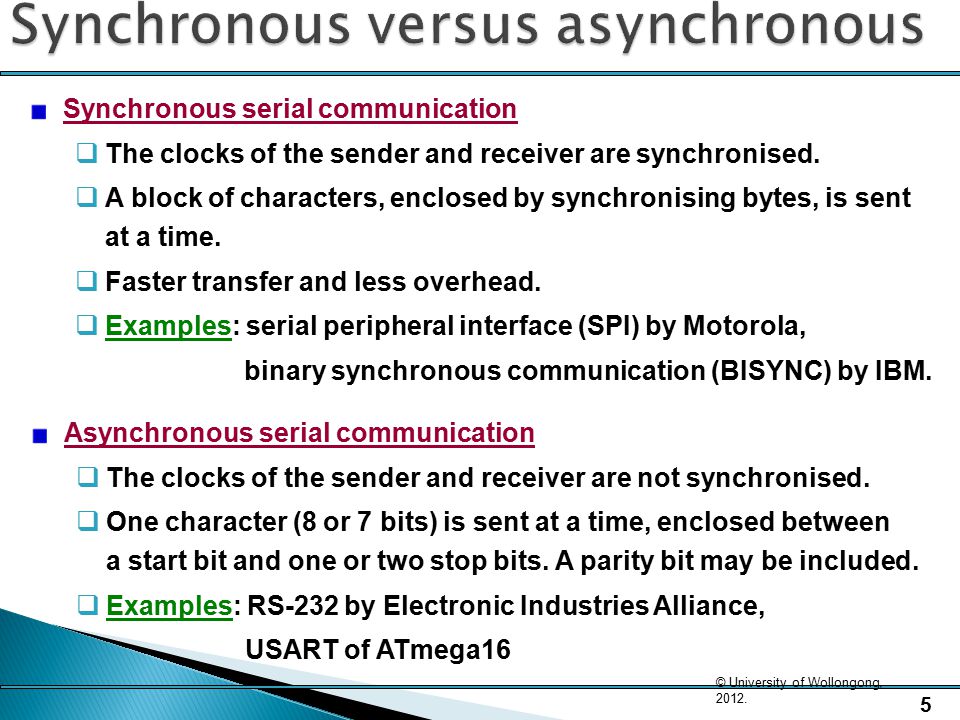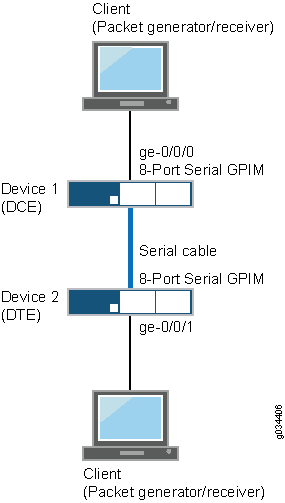

Chat Rooms, Video Conferencing, telephonic conversations, as well as face to face interactions, are some of the examples of Synchronous Transmission. It provides real-time communication between connected devices. Synchronous Transmission is efficient, reliable and is used for transferring a large amount of data. Therefore, each block of characters is labelled with the synchronization characters and the receiving device acquires the data until a special ending character is identified. Synchronization between the sender and receiver is necessary so that the sender knows where the new byte starts (since there is no gap between the data).

In Synchronous Transmission, data flows in a full-duplex mode in the form of blocks or frames. Sends data in the form of blocks or framesĬhat Rooms, Video Conferencing, Telephonic Conversations, etcetera. It uses start bit and stop bit preceding and following a character respectively. Transmission starts with the block header which holds a sequence of bits. Content: Synchronous Vs Asynchronous Transmission

Whereas Asynchronous Transmission does not require a clock, but it adds a parity bit to the data before transmission.įurthermore, the synchronous transmission uses synchronization characters while asynchronous method employs start/stop bits, in order to alert the modem when data are being sent and when are these transmissions are completed are known as message characters. One of the major differences is that in Synchronous Transmission, the sender and receiver should have synchronized clocks before data transmission.


 0 kommentar(er)
0 kommentar(er)
